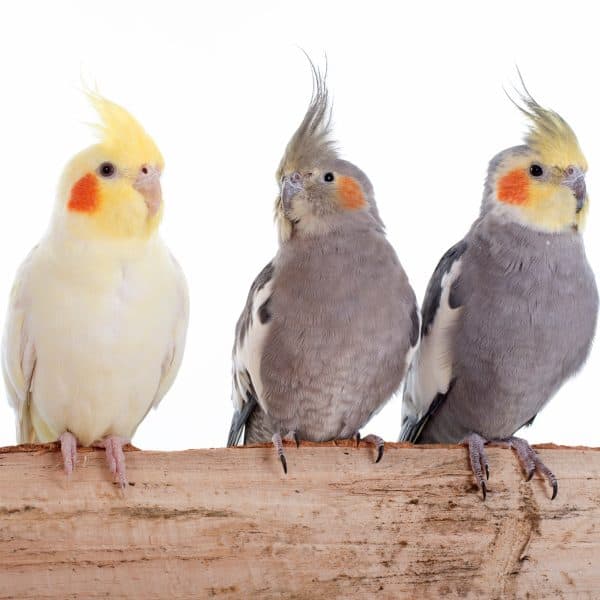
What is a Nest Box and Do Parakeets Need One?
Last Updated on by Catherine Tobsing
A nest box is a man-made enclosure provided for animals to nest in. Nest boxes are most frequently utilized for birds, in which case they are also called birdhouses, but some mammalian species may also use them. For example, they can be used by bats, squirrels, and other small mammals.
For birds, nest boxes are typically wooden, though they can be made of a variety of materials including plastic and metal, and they usually have a small entrance hole. The size and configuration of the box and the hole depend on the species of bird that the box is intended to attract.
Parakeets, also known as budgerigars or budgies, are a type of small parrot that is often kept as a pet. Whether or not a parakeet needs a nest box depends on what you’re trying to achieve.
Windy City Parrot’s 3 Baby Budgies in the nest box ~ Video
If you’re not interested in breeding your parakeets, then a nest box is not necessary. In fact, providing a nest box when you’re not prepared for breeding can lead to unwanted behaviors, as it can stimulate breeding instincts. This could lead to aggression, egg laying (which can cause health problems if the female is not in good health), and other issues.
If you do want to breed your parakeets, then a nest box is necessary. Parakeets in the wild nest in tree hollows, so a nest box simulates this environment. The nest box should be large enough for the parakeets to move around in, and it should be filled with a suitable nesting material, such as pine wood shavings.
Note: Ideally if you have the room, a regular-sized Inside Parakeet Nest Box is best. But if cage room is an issue and you have typical American Budgies (smaller than English), then you can get by with an Inside Lovebird Nest Box. If you have a cage with a breeder door or can cut an opening in the bars, then an Outside Parakeet Box is ideal.
Catherine Tobsing “candling” budgie eggs looking for shadows of embryos and duds ~ Video
Remember, breeding parakeets should not be taken lightly.
It requires a significant commitment of time and resources, and you should be prepared to care for the baby birds. It’s also important to consider the overpopulation of pet birds and whether it’s responsible to breed more, especially if you might not have homes lined up for them.
Author Profile
Latest entries
 The Traveling BirdJune 26, 2025Can You Name 5 Parrot Species That Are Living Wild in the USA?
The Traveling BirdJune 26, 2025Can You Name 5 Parrot Species That Are Living Wild in the USA? Bird BehaviorJune 26, 2025How is it Parrots Are Problem Solvers Social Animals and Even Use Tools?
Bird BehaviorJune 26, 2025How is it Parrots Are Problem Solvers Social Animals and Even Use Tools? Bird & Parrot AnatomyJune 25, 2025How a Tiny Chemical Modification Makes Parrots Nature’s Living Paintings
Bird & Parrot AnatomyJune 25, 2025How a Tiny Chemical Modification Makes Parrots Nature’s Living Paintings PigeonsJune 20, 2025How Do Parrots Thrive in Cities Outside Their Native Habitats?
PigeonsJune 20, 2025How Do Parrots Thrive in Cities Outside Their Native Habitats?


